07 July 2023
ESA launches final Ariane-5 as Blue Origin plot move into European market - Space News Roundup
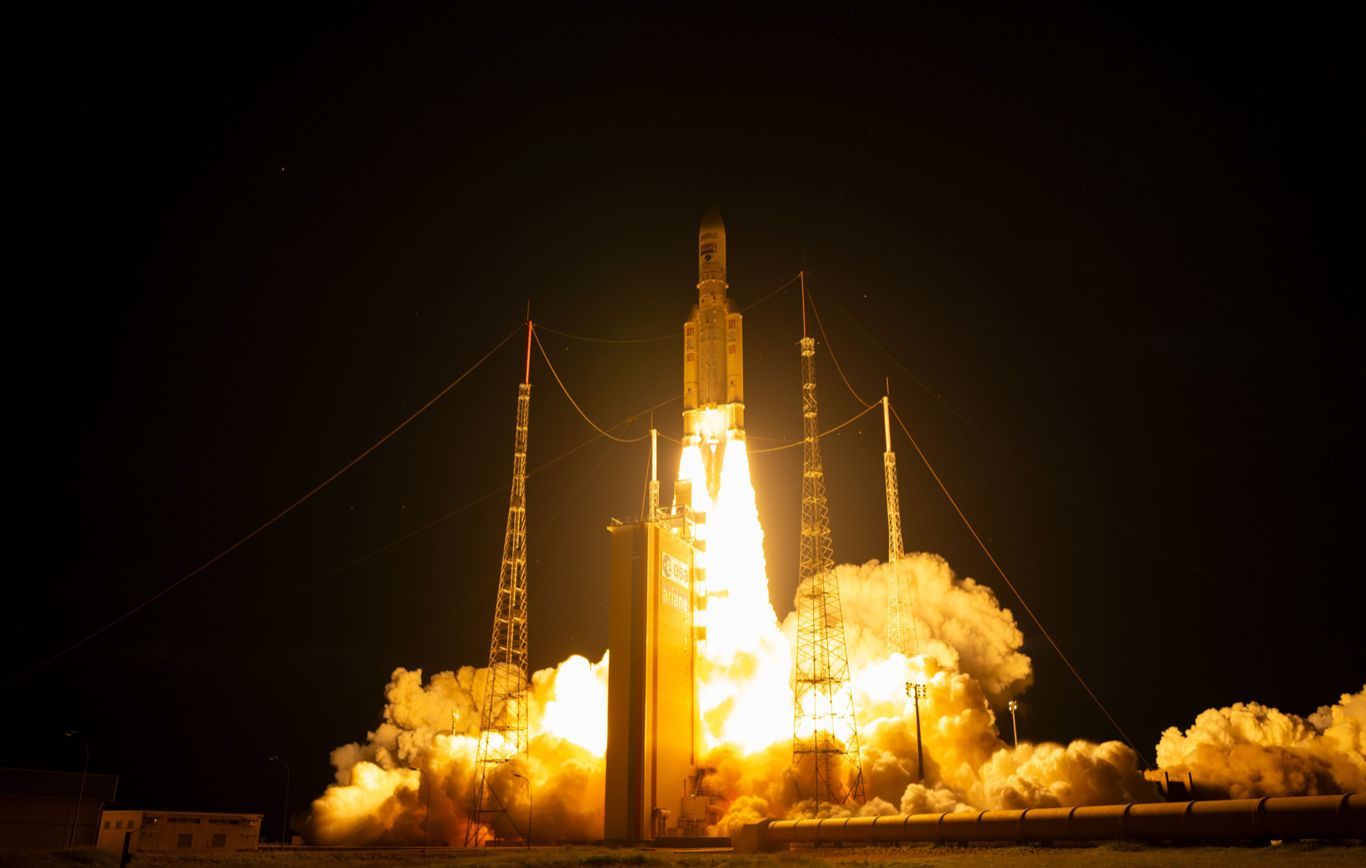
Ariane-5 lifts-off for the final time (Image: ESA - S. Corvaja)
The role of the commercial sector in space industry development has never been so critical. For generations it’s been the role of the state and national agencies to drive the space industry forwards and build our road into space. However, private investment, competition and innovation is now becoming the the leading force as agencies pass more responsibility to commercial entities.
Symbolically, this week ESA launched their last Ariane 5 rocket, lifting off on July 5th from French Guiana, carrying two communications satellites into geostationary orbit. Europe and ESA are now reliant on outside partners for launch capabilities as they face delays on their new Ariane 6 rocket, being developed by Arianespace, with a launch date now likely being set back to 2024. Italy’s Vega-C rocket is also facing setbacks
In the same week, (according Advanced Television) the German government has announced that they will make severe cuts in European space investment. The national space budget is to be cut from €371 million to €313 million, and the its contribution to the ESA satellite broadband programme (IRIS2) will be cut from €189 million to €70 million. It’s now more important than ever that the commercial sector steps in and takes up the slack.
National agencies, such as Rwanda, boosting sovereign space industries and international cooperation
Of course it remains vital the governments and agencies play a leading role, as they have done since the first inception of space exploration. The US-led Artemis project and China’s international lunar research station project (ILRS) are fine examples of this. Agencies also play a critical role in stimulating the budding private sector and establishing space industries in newer space nations.
In Rwanda, the national space agency is playing a key role in developing their sovereign space industry and have this week announced a partnership with the Research Institute for Innovation and Sustainability to boost the space ecosystem. Rwanda is quickly becoming the leading space nation on the African continent.
Similarly, the Australian space agency has joined forces with the multinational geotechnical company, Fugro, and the Western Australian Government to establish its Australian Space Automation, AI and Robotics Control Complex (SpAARC), which is now operating. SpAARC is designed to support research and build innovation in Australia’s sovereign space industry. Clearly, the role of the state will still be central to constructing and developing native space industries.
Agencies will also continue to forge the path for scientific experiments and research. An article from Nikkei Asia this week highlighted how scientific experiments have started onboard China’s Tiangong space station, as China aims to reach out to nations for cooperation. The China Manned Space Agency (CMSA) and the United Nations Office for Outer Space Affairs (UNOOSA) have worked together to choose research projects that will be sent to Tiangong.
The role of China’s space station also goes to show how the state remains responsible for for forging new and constructive relationships, ever-more critical during a time when space becomes more congested and contested.
NASA and the US seem very much aware of the importance of leveraging their leadership and heritage in building relations through their New Space Framework, the Artemis Accords. India are the latest nation to sign up to the accords, giving the the US a strategic boost against the second and third leading space nations, China and Russia.
Indo-US relations gained another boost this week as Prime Minister Modi signed enhanced agreements on technology in areas such as cyber security, next-gen telecom and space. Closer relations between these two economic giants could prove to be fruitful in their quest to lead the world in the space industry and build framework for future cooperation.
However, what this developing relationship also represents is two industry giants transferring more responsibility to their innovative commercial sectors.
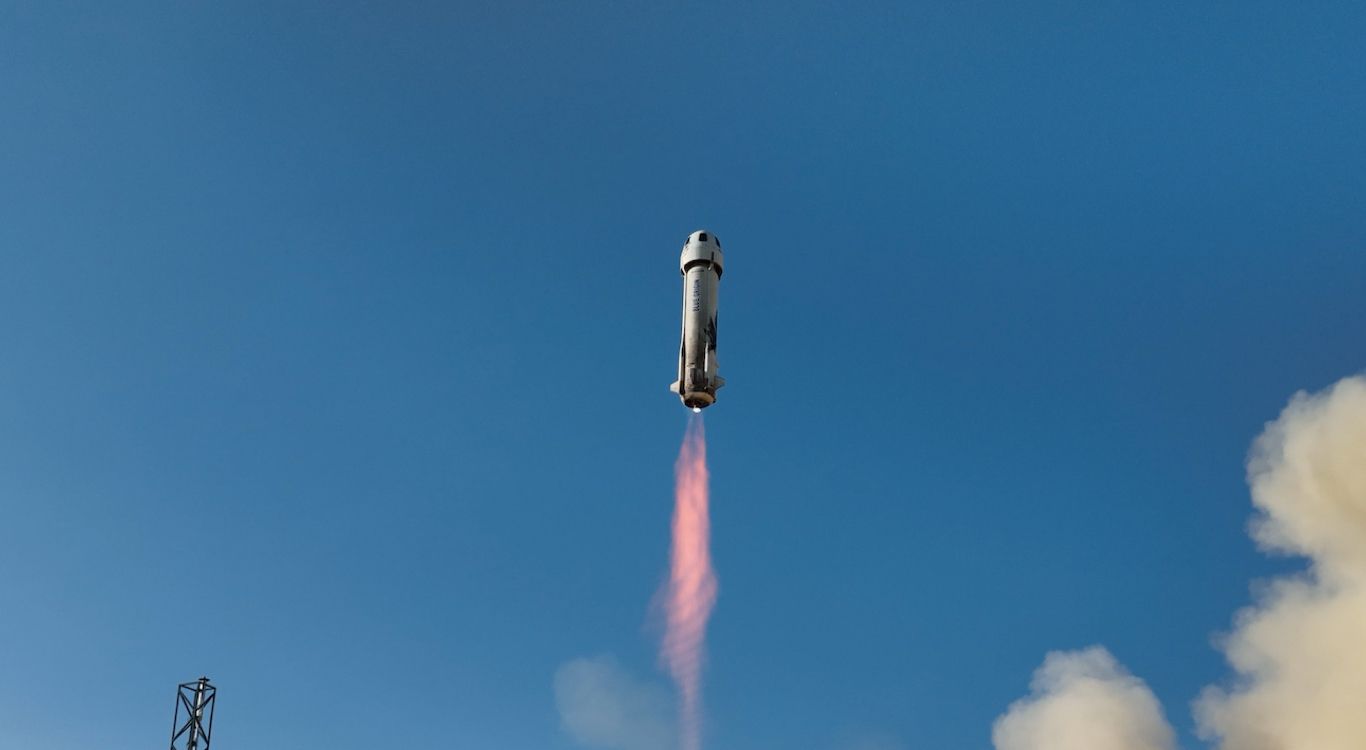
Blue Origin looking to expand into Europe (Image: Blue Origin)
Firefly, Blue Origin and SpaceX expanding their role in New Space
The role of governments will be pivotal in building and maintaining relations in New Space, yet those relations lie not only with other agencies, but with commercial entities. As well as signing the Artemis Accords, it’s been revealed that Indian Space Agency (ISRO) chairman, S Somanth, has been discussing with Blue Origin about how their GSLV-Mk3 or LVM-3 crew capsule could be used to service Blue’s future Orbital Reef commercial space station.
It’s only a matter of time before further such partnerships are formed between state and private entities, such as that between SpaceX and the International Space Station project.
Experts at a 2023 Korea Times Forum this week have also suggested that the US and Korea must work more closely together in order to expand commercial cooperation in space, namely launch vehicles and satellites. Experts at the event, titled "Korea-U.S. Alliance: Security & Space Cooperation”, also made reference to President Yoon Suk Yeol and U.S. President Joe Biden using the phrase "strengthening U.S.-ROK commercial space cooperation" in their joint statement in Washington, D.C, in April. It seems likely that the public-private relationship in the space sector is set to continue to grow.
We have also seen individual commercial companies make confident strides forwards this week, as innovation and competition keep pushing the boundaries of commercial space technology.
A California-based nonprofit is working on an innovate asteroid deflection application, after observing the technology behind SpinLaunch’s giant centrifuge (SpinLaucnh use a centrifuge to spin a rocket up to 10,000G before releasing it and sending it into high altitude). Experts at The Aerospace Corporation have suggested sending a similar centrifuge to land on a threatening asteroid where it begin to collect and then launch the asteroid’s own regolith from the surface. The opposing force would then slowly push-back on the asteroid and change its course.
Although not being carried out by a commercial sector, this again represents crucial work now being supported by non-governmental entities. The other most notable recent asteroid deflection research was that of NASA’s DART mission in 2022.
Lastly, commercial launch companies continue to set the pace of the commercial sector. US launch startup, Firefly Aerospace, have recently agreed to partner with aerospace and defence giant, Lockheed Martin, supplying launch services for a proposed demonstration. Firely’s Alpha rocket can carry up to 1,000kg into low Earth orbit. The startup are also working with the US government to carry out a tactical responsive launch demonstration.
Another prominent launch startup, Blue Origin, are now looking at taking their next steps and expanding their commercial services outside of the US. According to the Financial Times, the company are looking at expanding into “Europe and beyond”. With Europe now lacking its own launch capabilities, the introduction of Blue Origin may be just what they require, especially once their new, reusable New Glenn rocket is online. Europe will also now also lean on SpaceX to fill the gap in launch capabilities.
Moreover, what this does represent is a familiar trend, that of the commercial sector taking on the role previously played by the public sector, and leading the way in our journey into space.
External Links
This Week
*News articles posted here are not property of ANASDA GmbH and belong to their respected owners. Postings here are external links only.
Our future in space
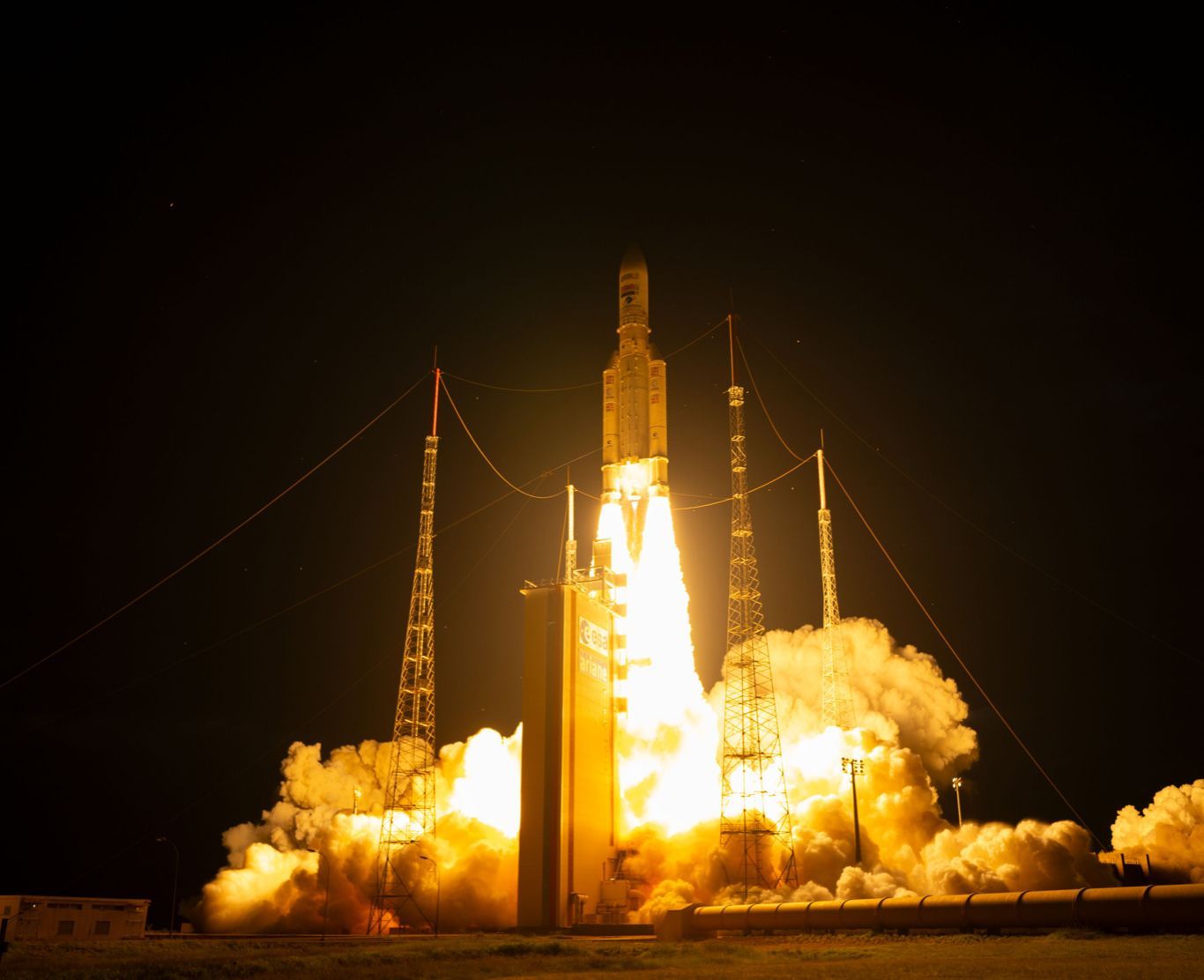
(Image: ESA - S. Corvaja)
07 July 2023
ESA launches final Ariane-5 as Blue Origin plot move into European market - Space News Roundup
The role of the commercial sector in space industry development has never been so critical. For generations it’s been the role of the state and national agencies to drive the space industry forwards and build our road into space. However, private investment, competition and innovation is now becoming the the leading force as agencies pass more responsibility to commercial entities.
Symbolically, this week ESA launched their last Ariane 5 rocket, lifting off on July 5th from French Guiana, carrying two communications satellites into geostationary orbit. Europe and ESA are now reliant on outside partners for launch capabilities as they face delays on their new Ariane 6 rocket, being developed by Arianespace, with a launch date now likely being set back to 2024. Italy’s Vega-C rocket is also facing setbacks
In the same week, (according Advanced Television) the German government has announced that they will make severe cuts in European space investment. The national space budget is to be cut from €371 million to €313 million, and the its contribution to the ESA satellite broadband programme (IRIS2) will be cut from €189 million to €70 million. It’s now more important than ever that the commercial sector steps in and takes up the slack.
National agencies, such as Rwanda, boosting sovereign space industries and international cooperation
Of course it remains vital the governments and agencies play a leading role, as they have done since the first inception of space exploration. The US-led Artemis project and China’s international lunar research station project (ILRS) are fine examples of this. Agencies also play a critical role in stimulating the budding private sector and establishing space industries in newer space nations.
In Rwanda, the national space agency is playing a key role in developing their sovereign space industry and have this week announced a partnership with the Research Institute for Innovation and Sustainability to boost the space ecosystem. Rwanda is quickly becoming the leading space nation on the African continent.
Similarly, the Australian space agency has joined forces with the multinational geotechnical company, Fugro, and the Western Australian Government to establish its Australian Space Automation, AI and Robotics Control Complex (SpAARC), which is now operating. SpAARC is designed to support research and build innovation in Australia’s sovereign space industry. Clearly, the role of the state will still be central to constructing and developing native space industries.
Agencies will also continue to forge the path for scientific experiments and research. An article from Nikkei Asia this week highlighted how scientific experiments have started onboard China’s Tiangong space station, as China aims to reach out to nations for cooperation. The China Manned Space Agency (CMSA) and the United Nations Office for Outer Space Affairs (UNOOSA) have worked together to choose research projects that will be sent to Tiangong.
The role of China’s space station also goes to show how the state remains responsible for for forging new and constructive relationships, ever-more critical during a time when space becomes more congested and contested.
NASA and the US seem very much aware of the importance of leveraging their leadership and heritage in building relations through their New Space Framework, the Artemis Accords. India are the latest nation to sign up to the accords, giving the the US a strategic boost against the second and third leading space nations, China and Russia.
Indo-US relations gained another boost this week as Prime Minister Modi signed enhanced agreements on technology in areas such as cyber security, next-gen telecom and space. Closer relations between these two economic giants could prove to be fruitful in their quest to lead the world in the space industry and build framework for future cooperation.
However, what this developing relationship also represents is two industry giants transferring more responsibility to their innovative commercial sectors.
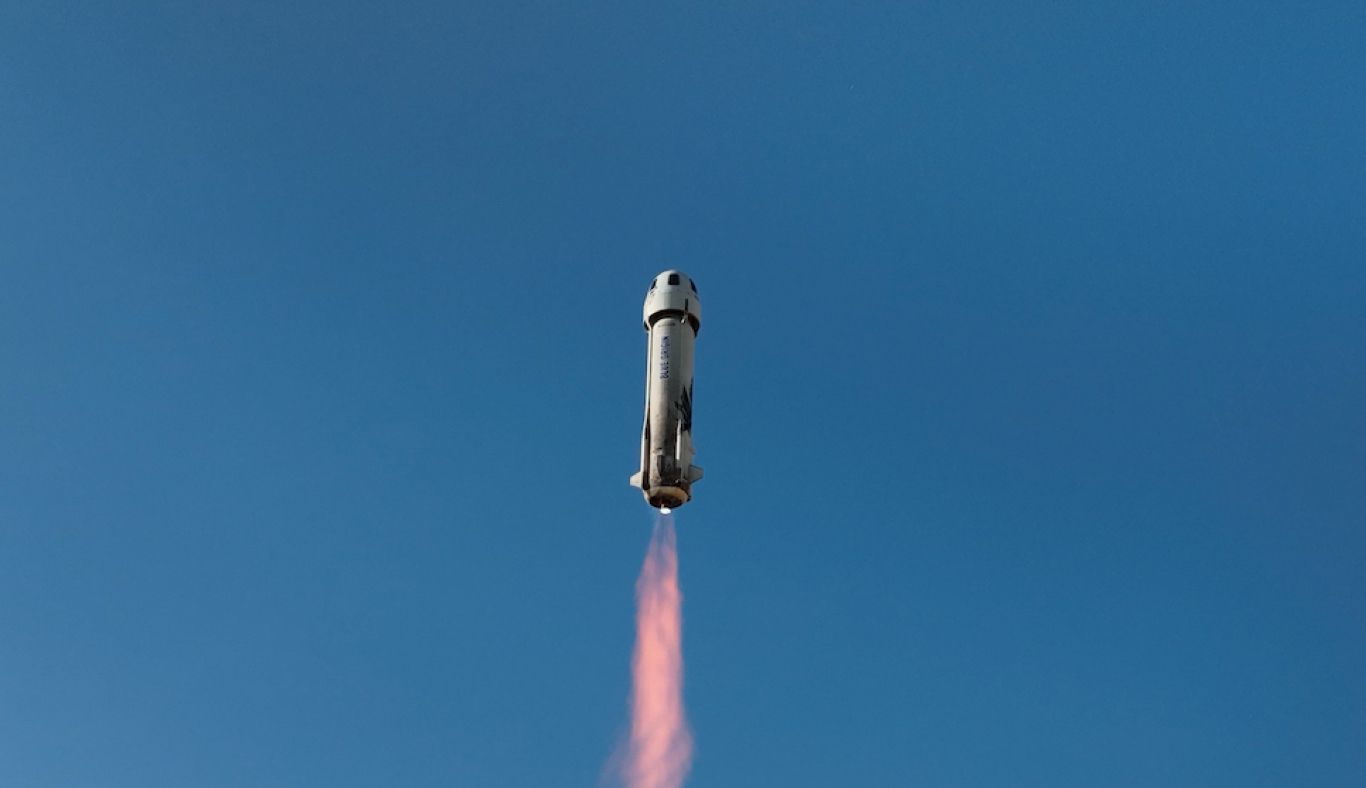
Blue Origin looking to expand into Europe (Image: Blue Origin)
Firefly, Blue Origin and SpaceX expanding their role in New Space
The role of governments will be pivotal in building and maintaining relations in New Space, yet those relations lie not only with other agencies, but with commercial entities. As well as signing the Artemis Accords, it’s been revealed that Indian Space Agency (ISRO) chairman, S Somanth, has been discussing with Blue Origin about how their GSLV-Mk3 or LVM-3 crew capsule could be used to service Blue’s future Orbital Reef commercial space station.
It’s only a matter of time before further such partnerships are formed between state and private entities, such as that between SpaceX and the International Space Station project.
Experts at a 2023 Korea Times Forum this week have also suggested that the US and Korea must work more closely together in order to expand commercial cooperation in space, namely launch vehicles and satellites. Experts at the event, titled "Korea-U.S. Alliance: Security & Space Cooperation”, also made reference to President Yoon Suk Yeol and U.S. President Joe Biden using the phrase "strengthening U.S.-ROK commercial space cooperation" in their joint statement in Washington, D.C, in April. It seems likely that the public-private relationship in the space sector is set to continue to grow.
We have also seen individual commercial companies make confident strides forwards this week, as innovation and competition keep pushing the boundaries of commercial space technology.
A California-based nonprofit is working on an innovate asteroid deflection application, after observing the technology behind SpinLaunch’s giant centrifuge (SpinLaucnh use a centrifuge to spin a rocket up to 10,000G before releasing it and sending it into high altitude). Experts at The Aerospace Corporation have suggested sending a similar centrifuge to land on a threatening asteroid where it begin to collect and then launch the asteroid’s own regolith from the surface. The opposing force would then slowly push-back on the asteroid and change its course.
Although not being carried out by a commercial sector, this again represents crucial work now being supported by non-governmental entities. The other most notable recent asteroid deflection research was that of NASA’s DART mission in 2022.
Lastly, commercial launch companies continue to set the pace of the commercial sector. US launch startup, Firefly Aerospace, have recently agreed to partner with aerospace and defence giant, Lockheed Martin, supplying launch services for a proposed demonstration. Firely’s Alpha rocket can carry up to 1,000kg into low Earth orbit. The startup are also working with the US government to carry out a tactical responsive launch demonstration.
Another prominent launch startup, Blue Origin, are now looking at taking their next steps and expanding their commercial services outside of the US. According to the Financial Times, the company are looking at expanding into “Europe and beyond”. With Europe now lacking its own launch capabilities, the introduction of Blue Origin may be just what they require, especially once their new, reusable New Glenn rocket is online. Europe will also now also lean on SpaceX to fill the gap in launch capabilities.
Share this article
External Links
This Week
*News articles posted here are not property of ANASDA GmbH and belong to their respected owners. Postings here are external links only.
07 July 2023
ESA launches final Ariane-5 as Blue Origin plot move into European market - Space News Roundup
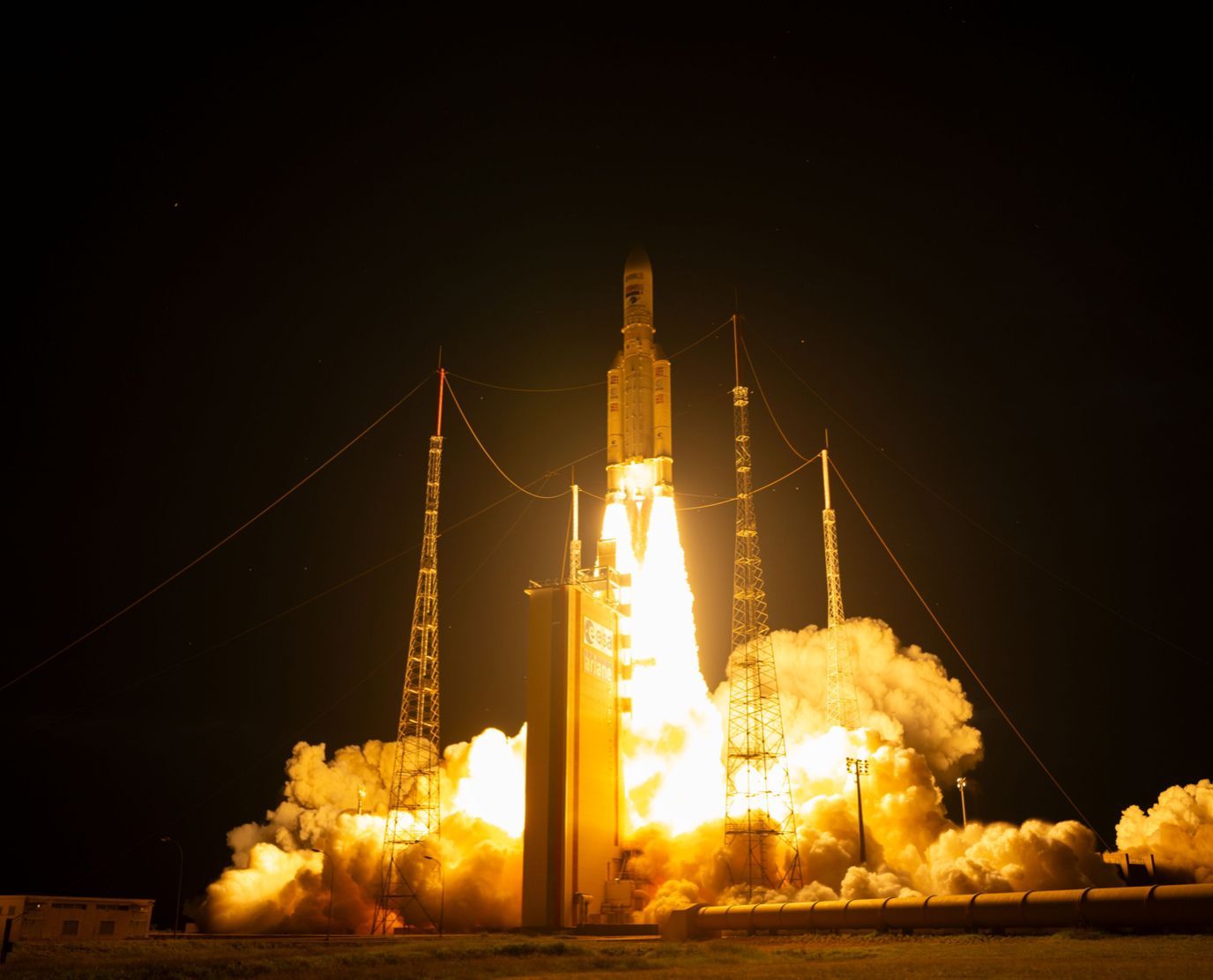
Ariane-5 lifts-off for the final time (Image: ESA - S. Corvaja)
The role of the commercial sector in space industry development has never been so critical. For generations it’s been the role of the state and national agencies to drive the space industry forwards and build our road into space. However, private investment, competition and innovation is now becoming the the leading force as agencies pass more responsibility to commercial entities.
Symbolically, this week ESA launched their last Ariane 5 rocket, lifting off on July 5th from French Guiana, carrying two communications satellites into geostationary orbit. Europe and ESA are now reliant on outside partners for launch capabilities as they face delays on their new Ariane 6 rocket, being developed by Arianespace, with a launch date now likely being set back to 2024. Italy’s Vega-C rocket is also facing setbacks
In the same week, (according Advanced Television) the German government has announced that they will make severe cuts in European space investment. The national space budget is to be cut from €371 million to €313 million, and the its contribution to the ESA satellite broadband programme (IRIS2) will be cut from €189 million to €70 million. It’s now more important than ever that the commercial sector steps in and takes up the slack.
National agencies, such as Rwanda, boosting sovereign space industries and international cooperation
Of course it remains vital the governments and agencies play a leading role, as they have done since the first inception of space exploration. The US-led Artemis project and China’s international lunar research station project (ILRS) are fine examples of this. Agencies also play a critical role in stimulating the budding private sector and establishing space industries in newer space nations.
In Rwanda, the national space agency is playing a key role in developing their sovereign space industry and have this week announced a partnership with the Research Institute for Innovation and Sustainability to boost the space ecosystem. Rwanda is quickly becoming the leading space nation on the African continent.
Similarly, the Australian space agency has joined forces with the multinational geotechnical company, Fugro, and the Western Australian Government to establish its Australian Space Automation, AI and Robotics Control Complex (SpAARC), which is now operating. SpAARC is designed to support research and build innovation in Australia’s sovereign space industry. Clearly, the role of the state will still be central to constructing and developing native space industries.
Agencies will also continue to forge the path for scientific experiments and research. An article from Nikkei Asia this week highlighted how scientific experiments have started onboard China’s Tiangong space station, as China aims to reach out to nations for cooperation. The China Manned Space Agency (CMSA) and the United Nations Office for Outer Space Affairs (UNOOSA) have worked together to choose research projects that will be sent to Tiangong.
The role of China’s space station also goes to show how the state remains responsible for for forging new and constructive relationships, ever-more critical during a time when space becomes more congested and contested.
NASA and the US seem very much aware of the importance of leveraging their leadership and heritage in building relations through their New Space Framework, the Artemis Accords. India are the latest nation to sign up to the accords, giving the the US a strategic boost against the second and third leading space nations, China and Russia.
Indo-US relations gained another boost this week as Prime Minister Modi signed enhanced agreements on technology in areas such as cyber security, next-gen telecom and space. Closer relations between these two economic giants could prove to be fruitful in their quest to lead the world in the space industry and build framework for future cooperation.
However, what this developing relationship also represents is two industry giants transferring more responsibility to their innovative commercial sectors.
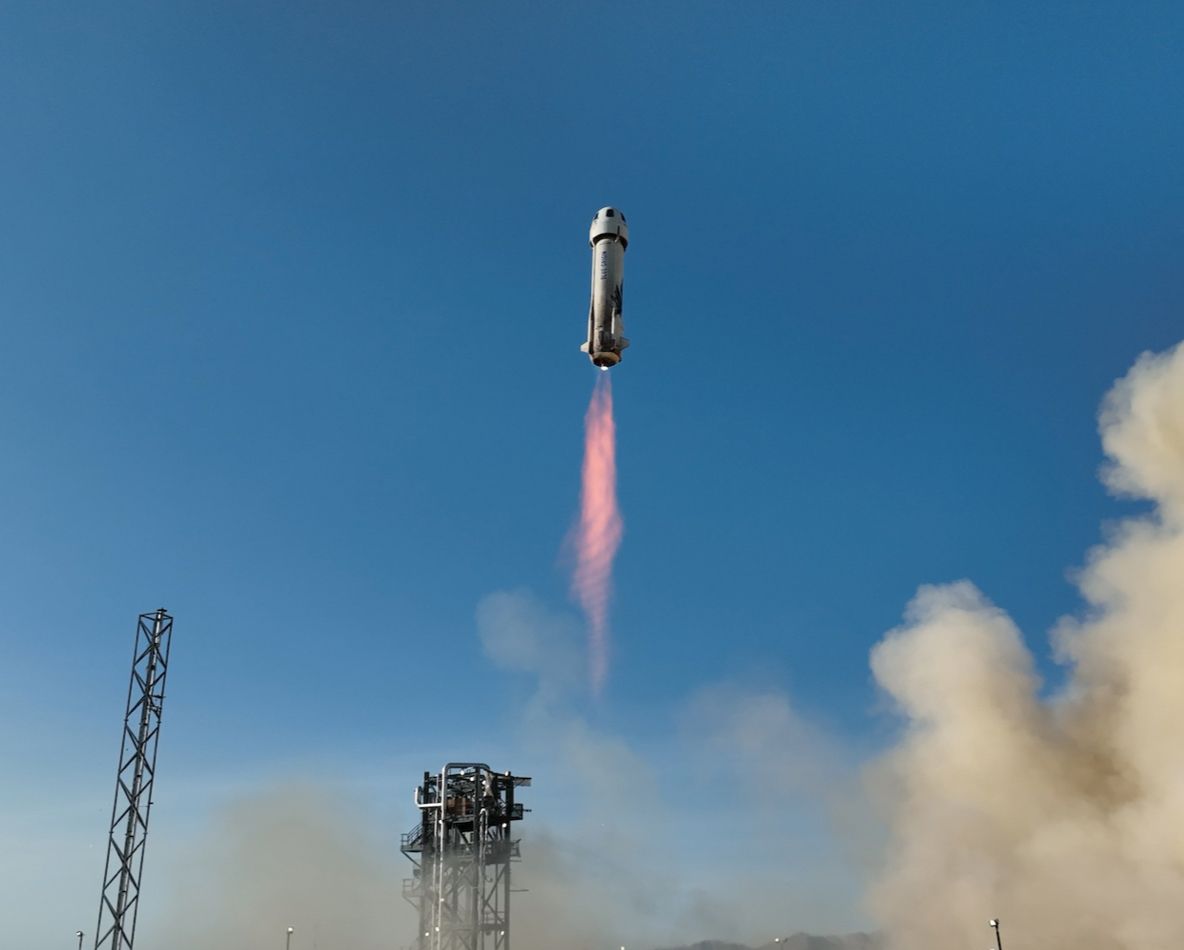
Blue Origin looking to expand into Europe (Image: Blue Origin)
Firefly, Blue Origin and SpaceX expanding their role in New Space
The role of governments will be pivotal in building and maintaining relations in New Space, yet those relations lie not only with other agencies, but with commercial entities. As well as signing the Artemis Accords, it’s been revealed that Indian Space Agency (ISRO) chairman, S Somanth, has been discussing with Blue Origin about how their GSLV-Mk3 or LVM-3 crew capsule could be used to service Blue’s future Orbital Reef commercial space station.
It’s only a matter of time before further such partnerships are formed between state and private entities, such as that between SpaceX and the International Space Station project.
Experts at a 2023 Korea Times Forum this week have also suggested that the US and Korea must work more closely together in order to expand commercial cooperation in space, namely launch vehicles and satellites. Experts at the event, titled "Korea-U.S. Alliance: Security & Space Cooperation”, also made reference to President Yoon Suk Yeol and U.S. President Joe Biden using the phrase "strengthening U.S.-ROK commercial space cooperation" in their joint statement in Washington, D.C, in April. It seems likely that the public-private relationship in the space sector is set to continue to grow.
We have also seen individual commercial companies make confident strides forwards this week, as innovation and competition keep pushing the boundaries of commercial space technology.
A California-based nonprofit is working on an innovate asteroid deflection application, after observing the technology behind SpinLaunch’s giant centrifuge (SpinLaucnh use a centrifuge to spin a rocket up to 10,000G before releasing it and sending it into high altitude). Experts at The Aerospace Corporation have suggested sending a similar centrifuge to land on a threatening asteroid where it begin to collect and then launch the asteroid’s own regolith from the surface. The opposing force would then slowly push-back on the asteroid and change its course.
Although not being carried out by a commercial sector, this again represents crucial work now being supported by non-governmental entities. The other most notable recent asteroid deflection research was that of NASA’s DART mission in 2022.
Lastly, commercial launch companies continue to set the pace of the commercial sector. US launch startup, Firefly Aerospace, have recently agreed to partner with aerospace and defence giant, Lockheed Martin, supplying launch services for a proposed demonstration. Firely’s Alpha rocket can carry up to 1,000kg into low Earth orbit. The startup are also working with the US government to carry out a tactical responsive launch demonstration.
Another prominent launch startup, Blue Origin, are now looking at taking their next steps and expanding their commercial services outside of the US. According to the Financial Times, the company are looking at expanding into “Europe and beyond”. With Europe now lacking its own launch capabilities, the introduction of Blue Origin may be just what they require, especially once their new, reusable New Glenn rocket is online. Europe will also now also lean on SpaceX to fill the gap in launch capabilities.
Moreover, what this does represent is a familiar trend, that of the commercial sector taking on the role previously played by the public sector, and leading the way in our journey into space.
Share this article
External Links
This Week
*News articles posted here are not property of ANASDA GmbH and belong to their respected owners. Postings here are external links only.
















